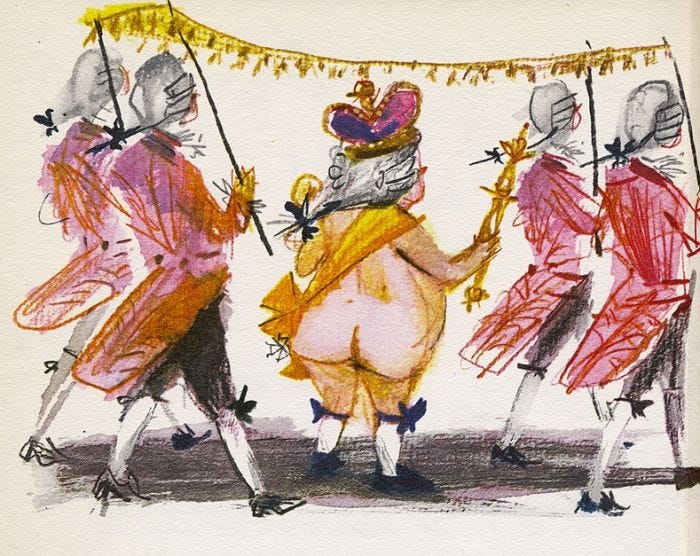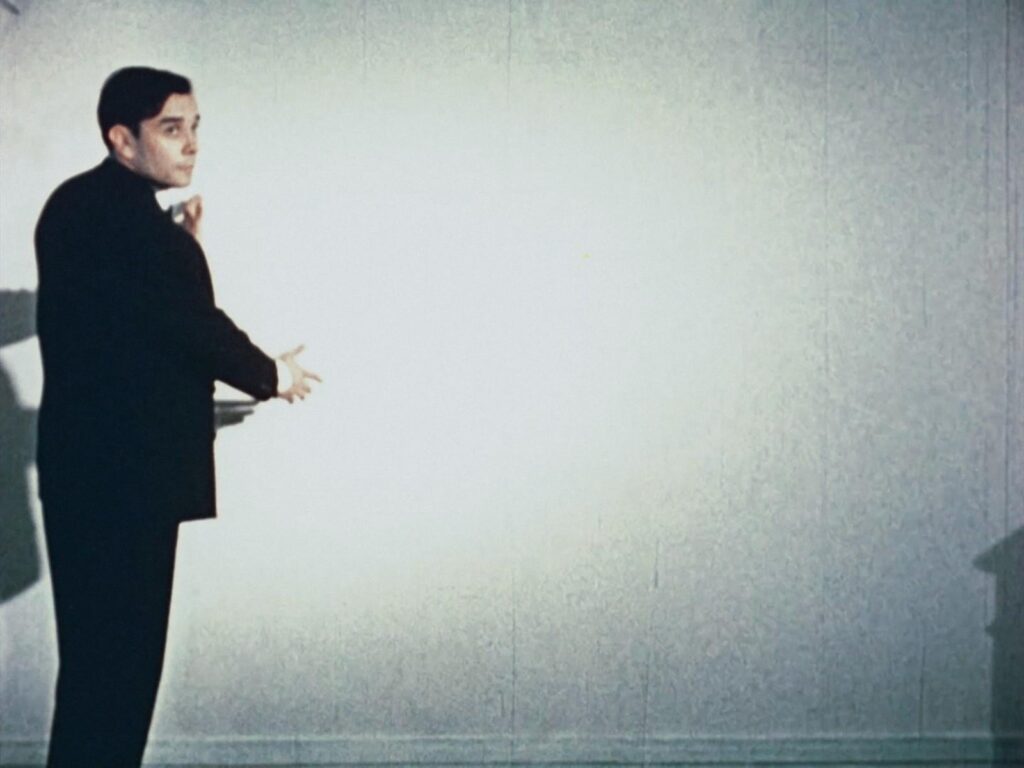We are living in an era where talk about shaming is all over. Body shaming, money shaming, and career shaming are some of the many examples. However, I wanted to take this in a different direction and discuss art shaming instead. So let’s explore it together.
A couple of days ago, during a lunch with some social entrepreneurs from my incubator, I introduced myself as a painter, and as usual, the conversation took a turn to discuss modern art and how non-artists perceive the latter. Some of them “embarrassingly admitted” that they don’t really understand modern art, that it doesn’t speak to them, and that they were subject to “art shaming” from some professionals and amateurs who would say that it takes a level of intellect to understand art.
This page contains affiliate links, meaning I earn a commission if you use those links. Please read my Disclosure for more details.
Let’s start off with a little story: “The Emperor Has No Clothes.“
This is a famous short story with a powerful moral lesson by Hans Christian Andersen, first published in 1837.
The story revolves around an emperor who is excessively concerned with his clothing and appearance. He hires two tailors who promise to create the most extraordinary clothes, but they claim that their garments are only visible to smart people, while those who are stupid will see nothing.
As the emperor goes around the streets in his invisible clothes, his servants, unwilling to seem stupid, pretend to admire the non-existent clothing pieces. Then a child finally points out the truth, saying, “But he isn’t wearing anything at all!” The realization spreads through the crowd, but the emperor continues his procession in spite of the revelation.
The story shows that it’s not good to do dumb things just because everyone else is doing them or as an attempt to fit in. It’s like a warning about what can happen when you just follow the crowd and don’t say what’s really on your mind.
“The Emperor Has No Clothes” is a saying that people use when they want to talk about situations where others act like something is good or important, but it’s actually empty and not real. People use it when they discuss being open, truthful, and thinking carefully.
This story tells exactly what is happening in the modern art scene. We all don’t understand certain “art,” but we pretend to do so because we do not want to be a target of art shaming.
As an artist, I have been art shamed too
This is why I am writing this article. Someone told me that I didn’t understand abstract art because I didn’t have enough knowledge and I was not academically trained to be an artist. The only reason I didn’t argue further was because I know none of us understand modern art, but not everyone has the courage to admit it.
I am the child who admitted that the emperor was naked, and that doesn’t make me stupid.
As a self-taught artist, I devote hours to learning more about art, analyzing what I see, practicing different forms of art, and keeping an open, receptive spirit to continue learning. However, I will not accept something that doesn’t make sense to me, even if it is said to make sense to everyone else. And I am here to tell you that you are not dumb and that art shaming exists.
Art shaming is as destructive as any other form of shaming
What you see in this picture is the artist Yves Klein showcasing his invisible art. Yes, you guessed it right! There’s an art piece in this picture, and it’s invisible. Because only the smart could see it. Now, I am by no means belittling the creativity of a fellow artist; all I am saying here is that if you and I see nothing in this picture, it’s because there’s actually nothing in there.
But what you would read about this artwork is the following: “Invisible Art” or “The Immaterial” by Yves Klein In 1957, Yves Klein famously sold “zones of immaterial pictorial sensibility” to collectors in exchange for gold. These “zones” were, in essence, certificates of ownership for empty space. While it might seem like a non-existent or invisible artwork, Klein believed he was selling a conceptual experience and the “immaterial” essence of art itself. This piece challenges the conventional idea of what art is and what can be considered valuable in the art world.
So, whether the invisible zones are really worth being exchanged for gold or not is another topic that I don’t have to talk about. But for you to be shamed and gaslighted into believing that you didn’t understand the artwork because you have less intellect is not something I can accept.
Conclusion
Art is very personal and subjective. Do not let anyone’s art shaming push you into feeling that your own personal opinion about an art piece is not valid. You can write your own definition of what good art is.



